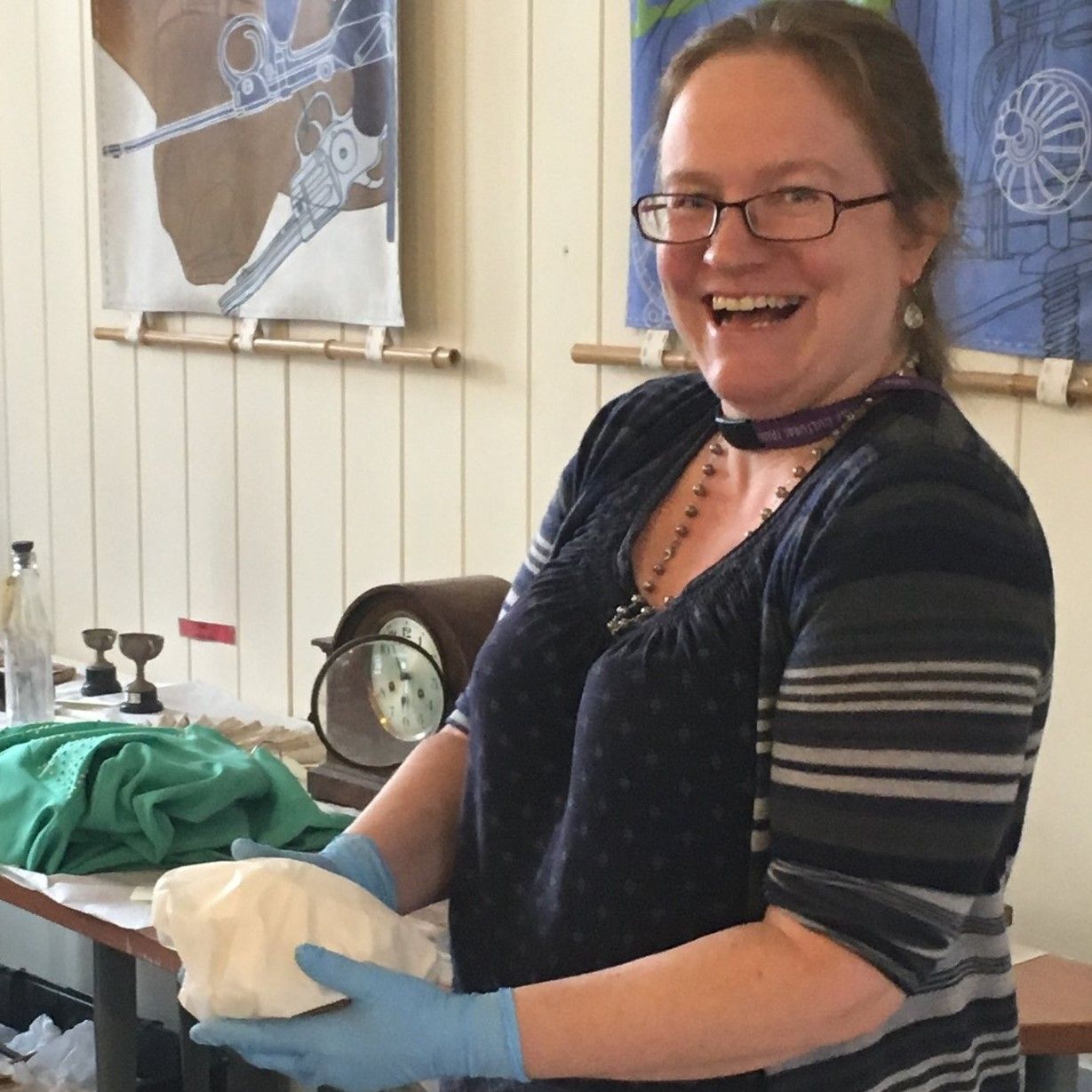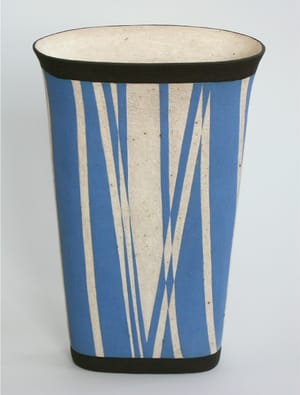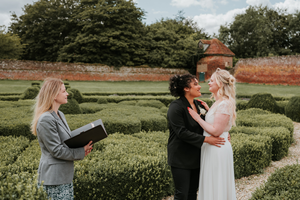SHOES: INSIDE OUT, an exhibition of footwear from the Hampshire Cultural Trust, was made possible by the diligent work of our Collections Team Conservator Ruth James.
In this article, Ruth enthusiastically takes us behind the scenes and beneath the seams of her involvement in preparing and maintaining the objects that make SHOES: INSIDE OUT a stylish and substantial success.
Ruth, a longstanding Trust employee and social history conservator, plays an integral role in enabling collection shows to take place. Her adaptability, passion and professionalism shine through in this short but incisive interview.
What were your first thoughts when you heard that so many of the Trust's shoes were going to be shown the light of day in an exhibition?
I was excited they were going to go on display because they haven’t been seen by the public and it is a totally different exhibition from what has gone before. It was an opportunity to work with all the different ages and problems that come with materials. It was quite an exciting project to be presented with. It was also exciting to discover all the stories that came with the different shoes - digging into the background of them because you can see marks and toe marks and footprints. If you have a story that goes behind the shoe, you can envisage the person wearing it, where they wore it and how they wore it - traipsing through mud in their pattens, things like that. I was actually really excited about it and slightly daunted by the amount to go on display. It’s been cut down, but it was still 72 pairs. It was quite an undertaking, but an exciting one.
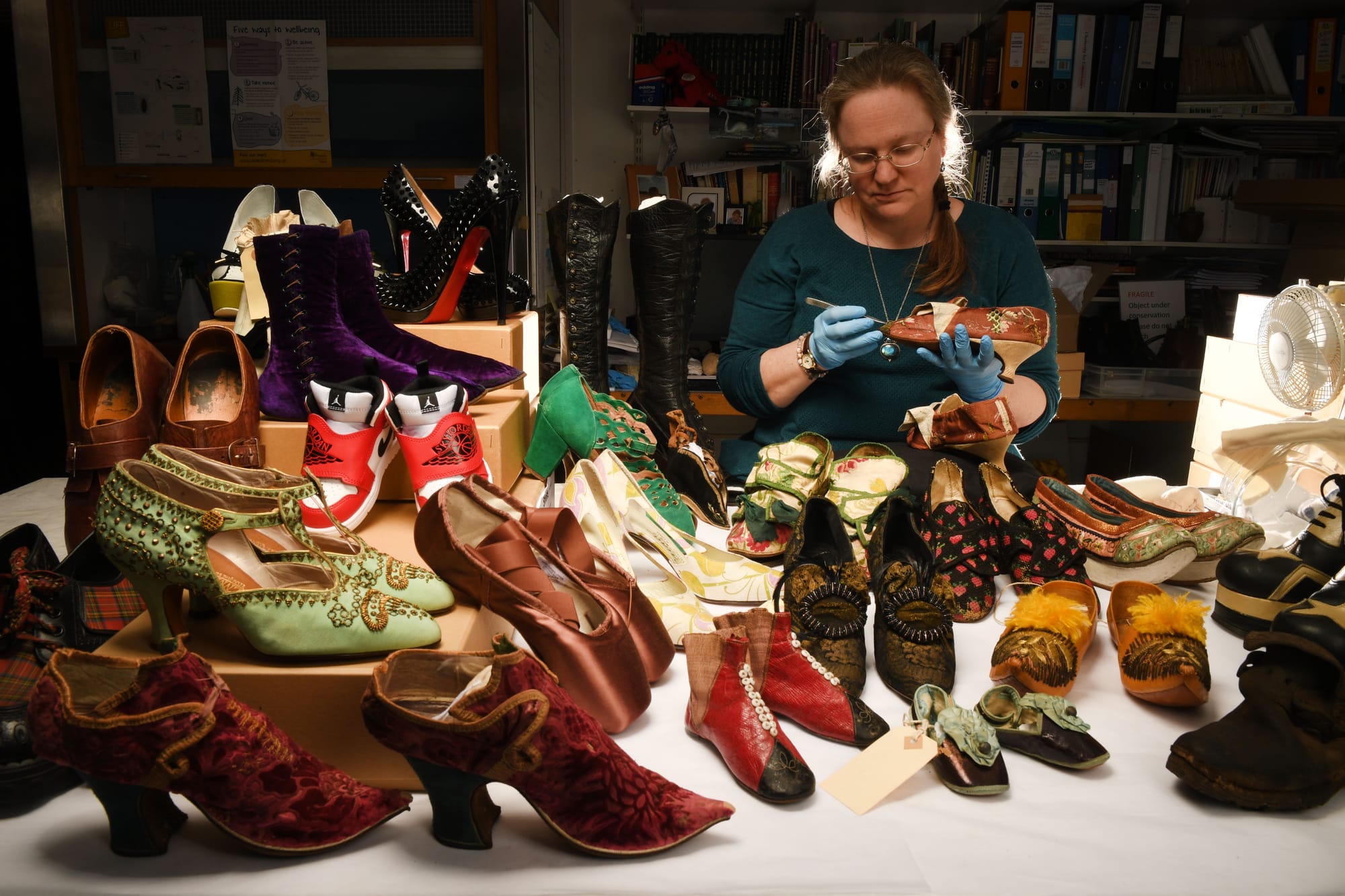
How much work has gone into the shoes that are on display in the gallery right now?
Well, I started work on the shoes in September 2022. The initial period of conserving and preparing the shoes was about five months. There have been odd weeks here and there since then with gallery moves and things like that requiring me to condition check, pack and unpack them. So, probably about six months'-worth of work went into preparing them for display and the odd day here and there to go in and check them. I did have a bit of help with them, thankfully, from some students and another colleague at the trust. Long months, but they (the shoes) are so interesting, incurring different problems and requiring different techniques. I learned a lot, which was quite nice. It is good to learn things as you are going along.
Which pair have proven to be the trickiest to work with?
I can’t actually pinpoint one shoe because the tricky ones were the older ones made of silk. After all, silk is such a fragile material. Most of the silk ones are Georgian shoes, so they are pretty old. Dealing with shattering silk is difficult. I’m not a textiles conservator, I’m a social history conservator, so I had to learn how to handle the shoes properly, including how to display them and how they would react to being on display. So they have mounts and things to protect them. The ones that took the longest (they weren’t the hardest, but they took the longest) were the Sella thumper Goth boots because every single buckle had corrosion from the inside out. I had to remove the corrosion from every buckle and then degrease and wax it; that took a lot longer than I expected for a pair of modern shoes. The silk ones were the hardest, but the Sella thumpers were the longest. The easiest ones were the clogs because they were in really good condition.
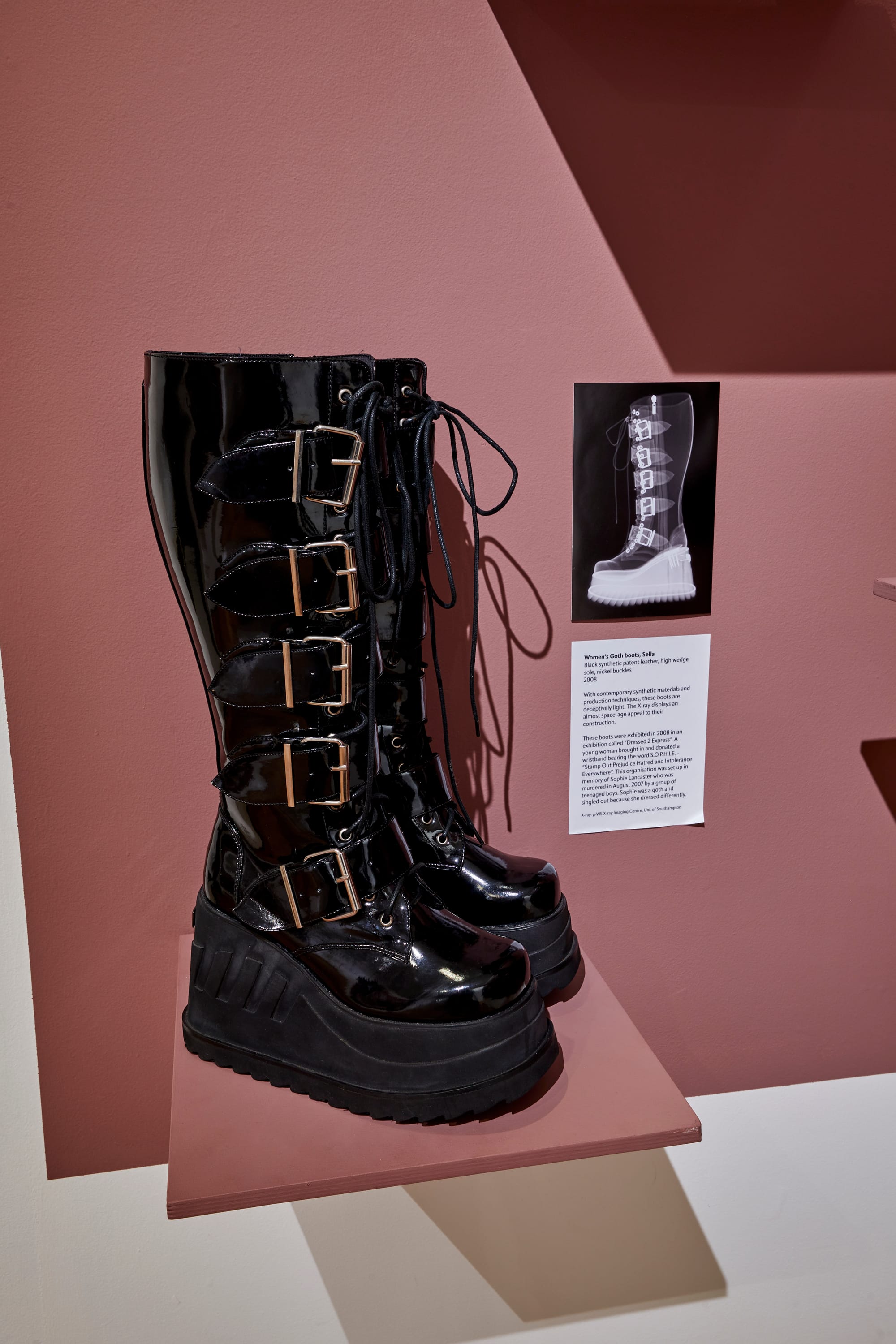
Which shoes on display are your favourite and why?
I like most of the shoes that are on display for different reasons. But one of my favourites would have to be the Liberty walking shoes because they remind me of my mum, who loved Liberty, but I also like the practicality and the style that Liberty has brought to them. They still look great even though they are designed for a utilitarian purpose. I think they are wartime shoes made with a limited budget, but I still think they are a really interesting pair of shoes. I also like the Victorian knee-high boots. They have a fantastic silhouette and could be modern boots as far as I'm concerned. They also have a similar silhouette to the Louboutins, which I really, really like as well. The tiny children's silk shoes are very cute but also quite sad as the child died before they could wear them. I think it is the stories that go with them that make me like them more. I particularly like the ‘Fug’ boot because it is huge and smells quite a lot from being used in World War One. I have a fondness for all of them for different reasons.
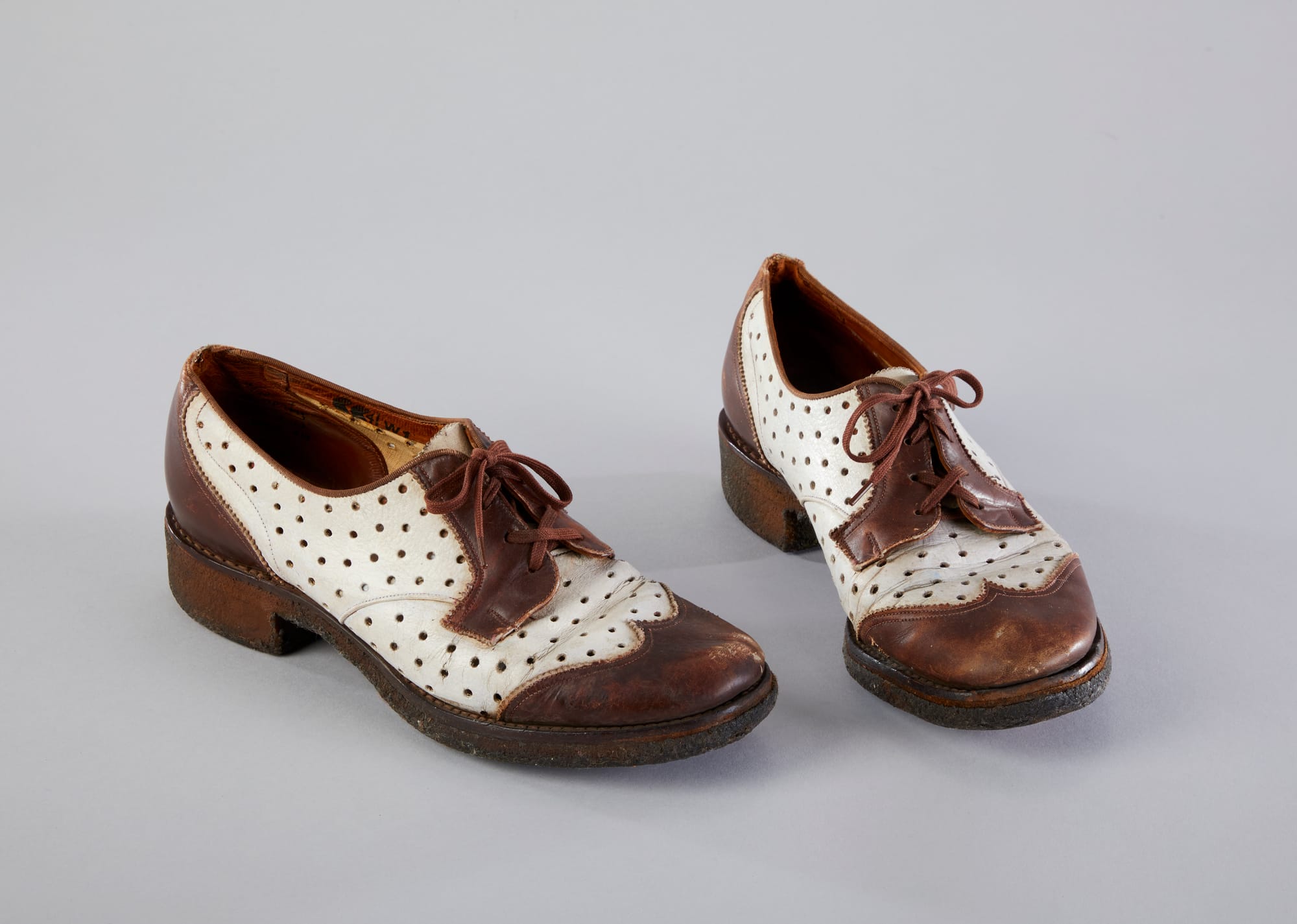
Given the opportunity to put anything from the collection on show, what would you choose?
There are so many things in our collection that I would like to put on display, but I think if I did an exhibition, I would like to do one on medicine, starting from early Roman and Anglo-Saxon medicine through to herbalism and apothecaries, apothecary chests, etc. We have a Materia Medica in the collection, which was on display long ago. I'd love to get that out and show people what is in it and move forward in time to the older surgeon kits and even further forward to more medicines, taking in the whole spectrum of what people believed. It would be fascinating to examine why they did things in earlier times and how that moved through to modern medicine. There are things like scarification and leeching that I would love to include. I think it would be a really interesting exhibition.
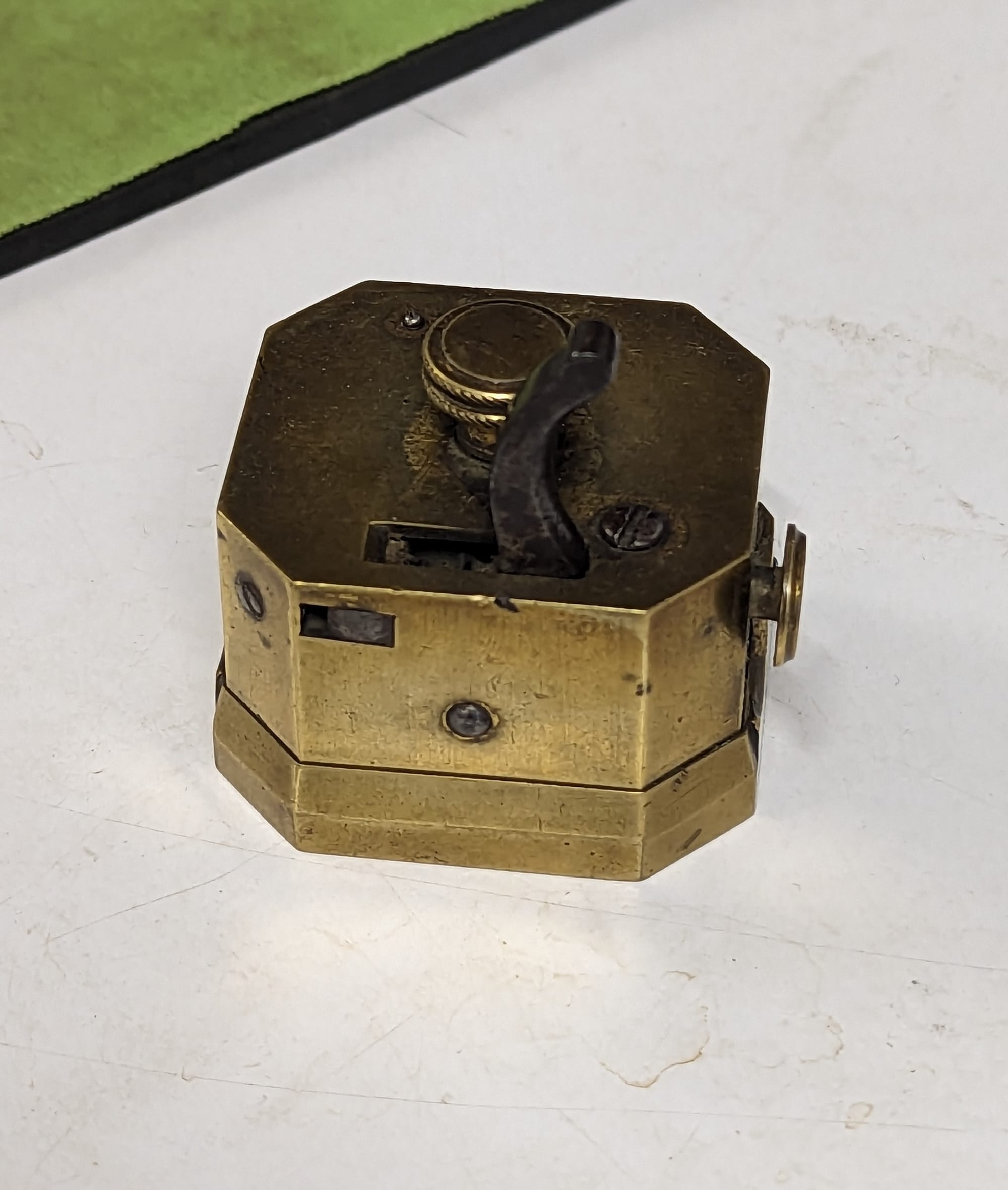
SHOES: INSIDE OUT is open until the 6th of March.

